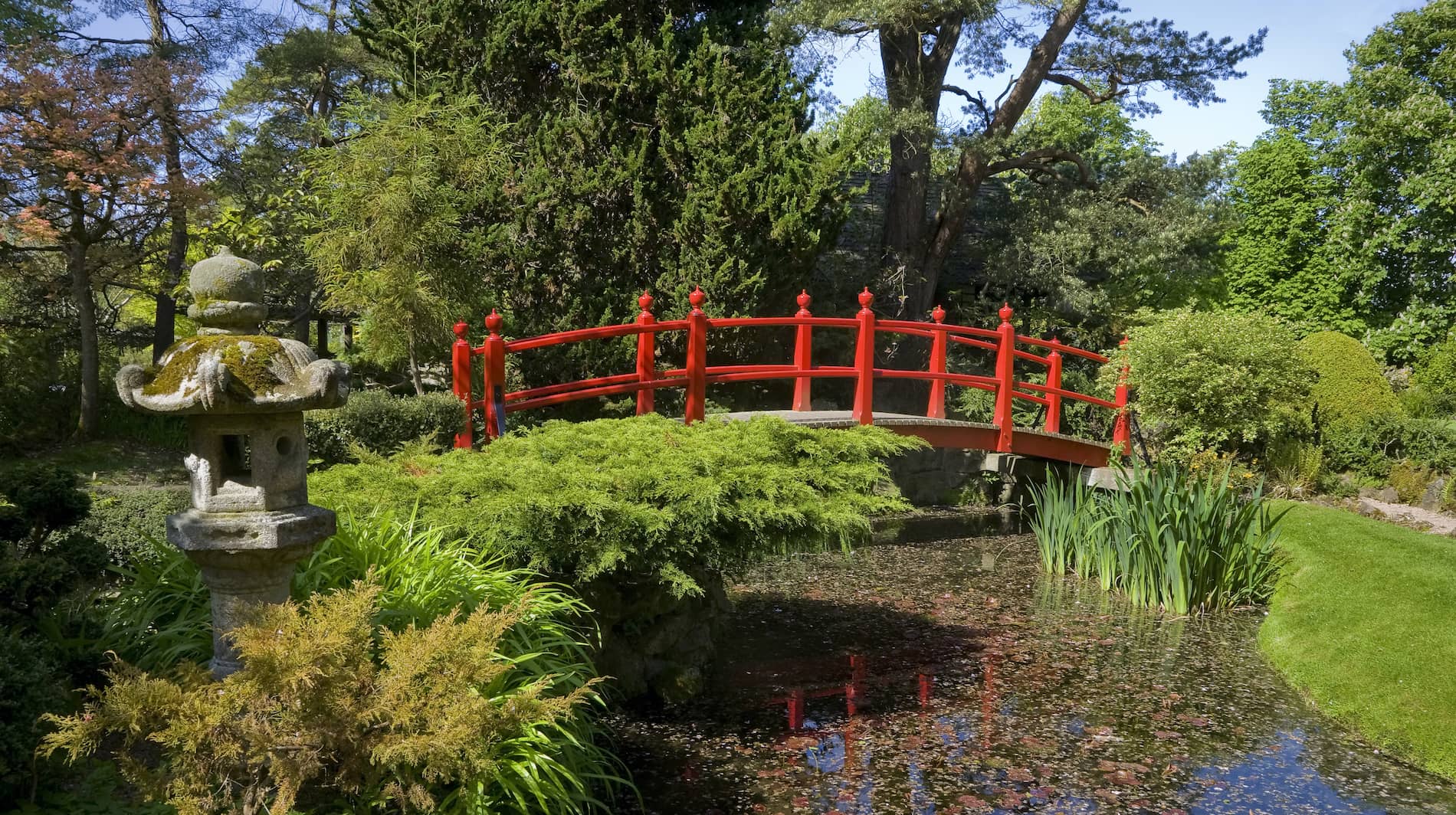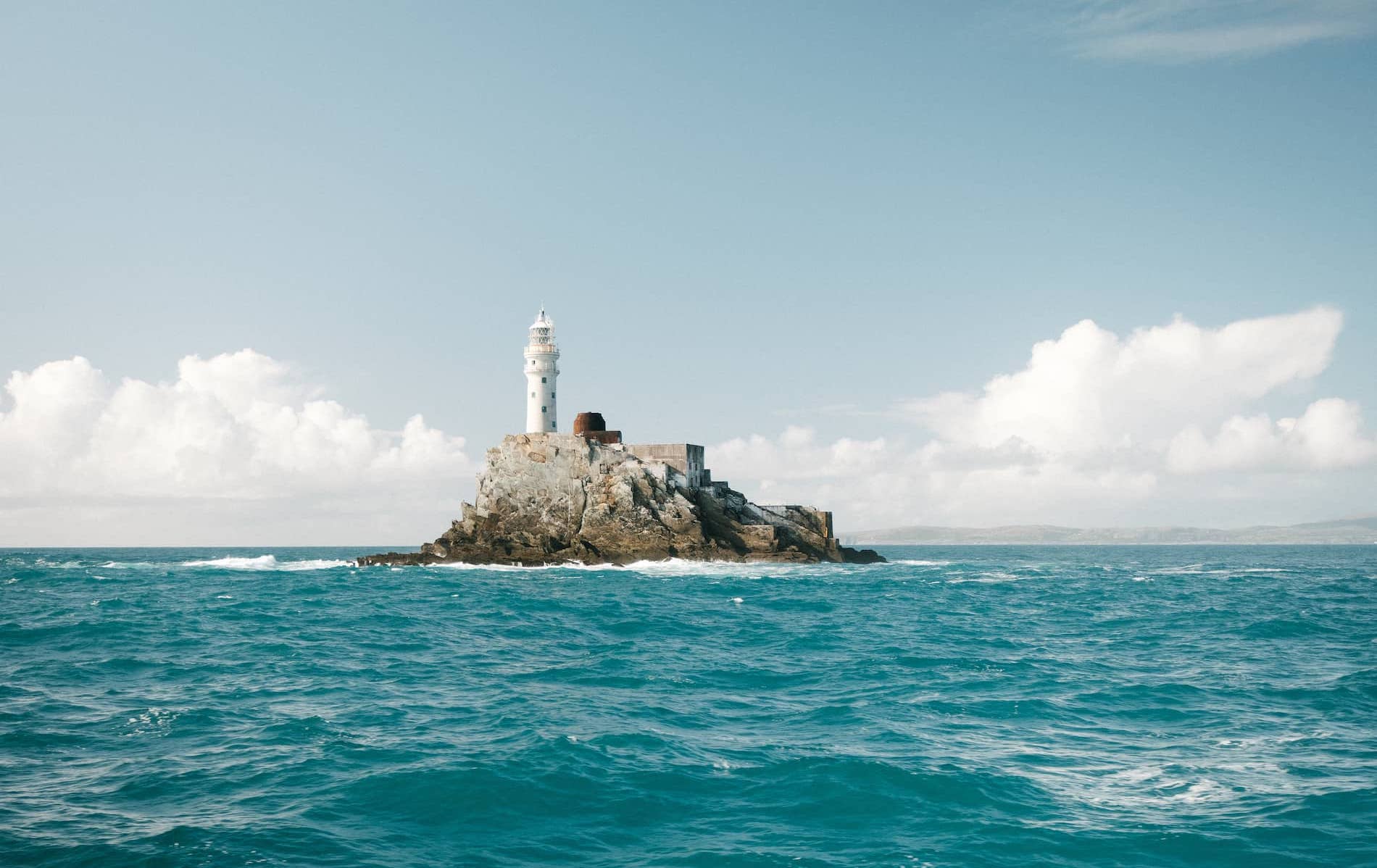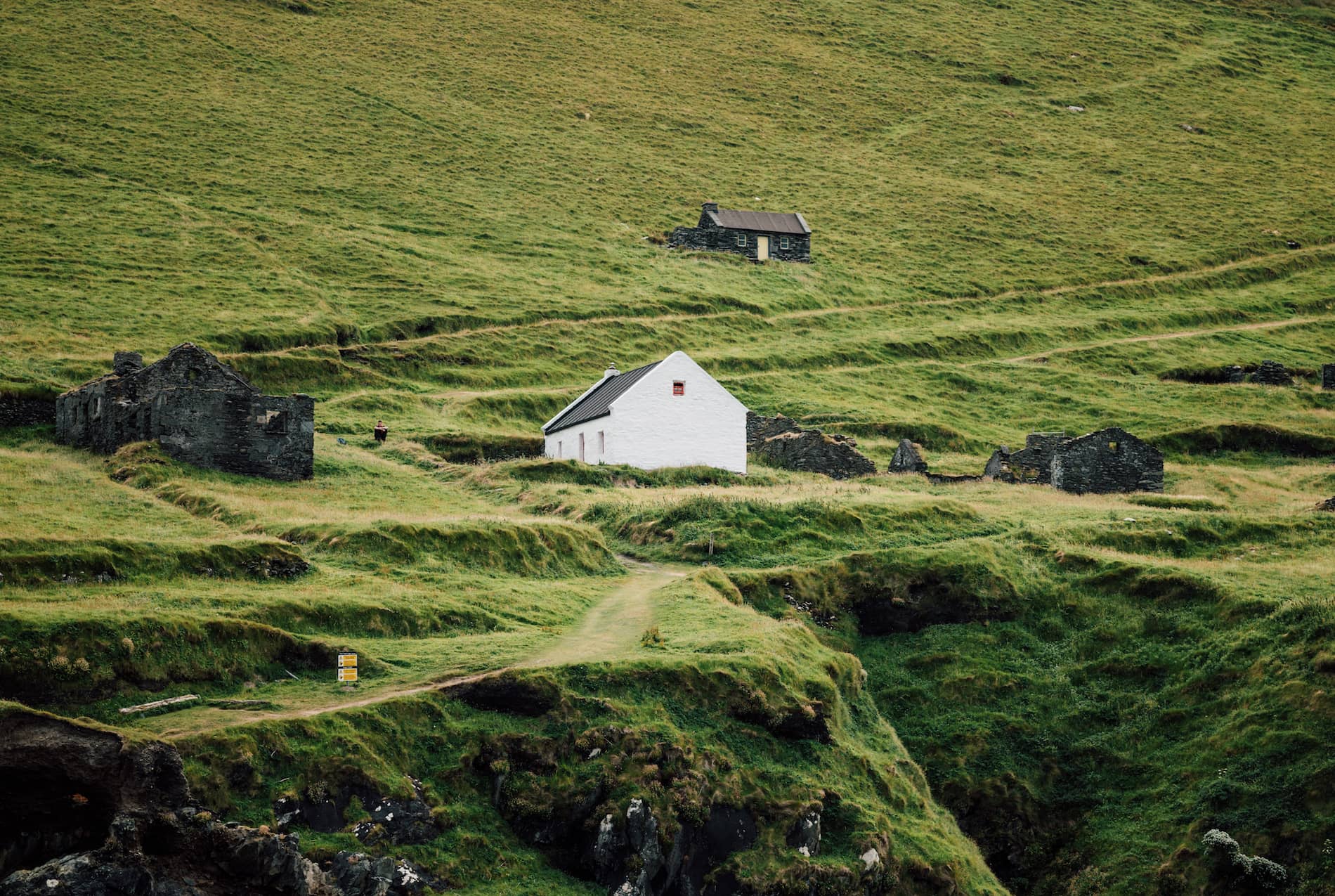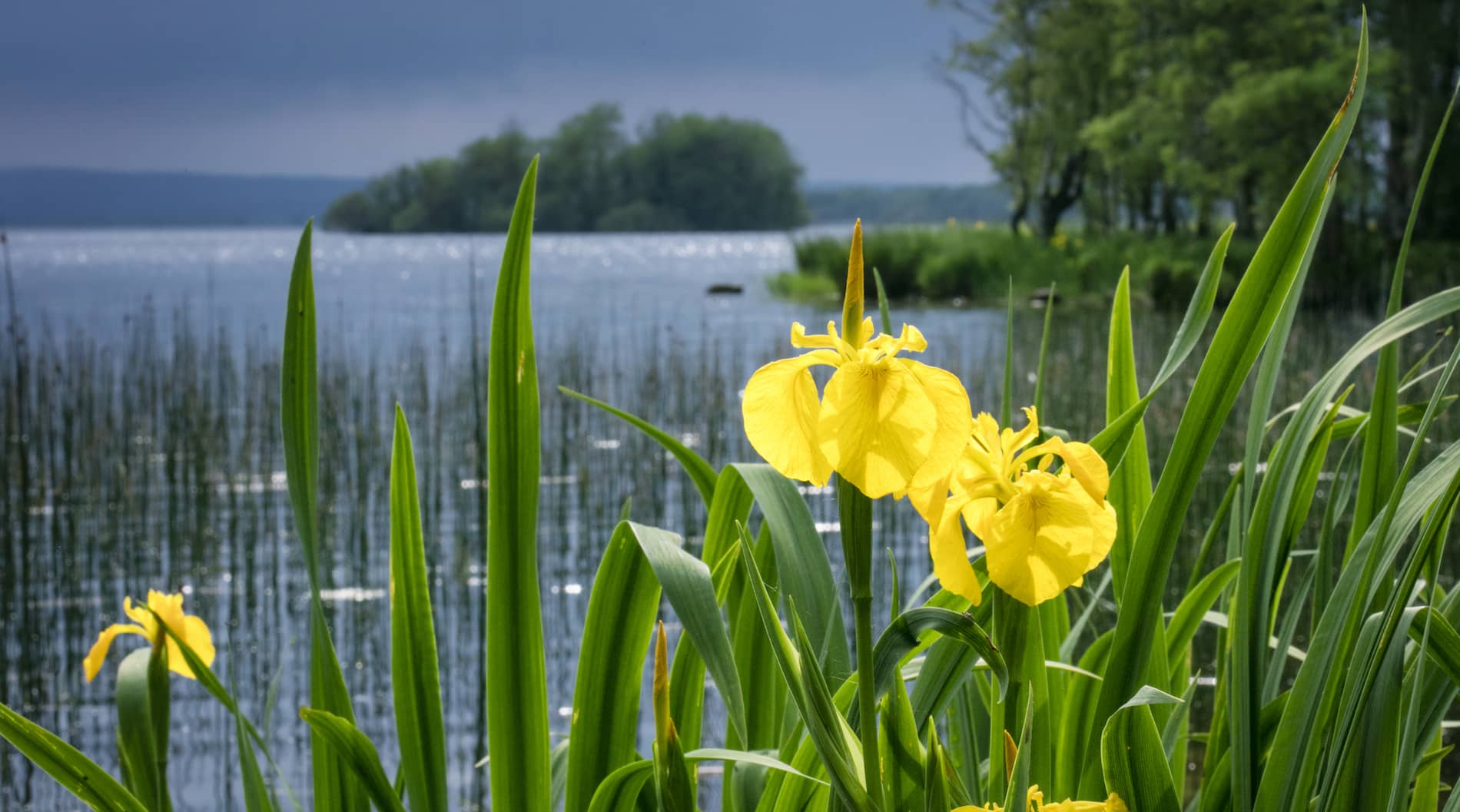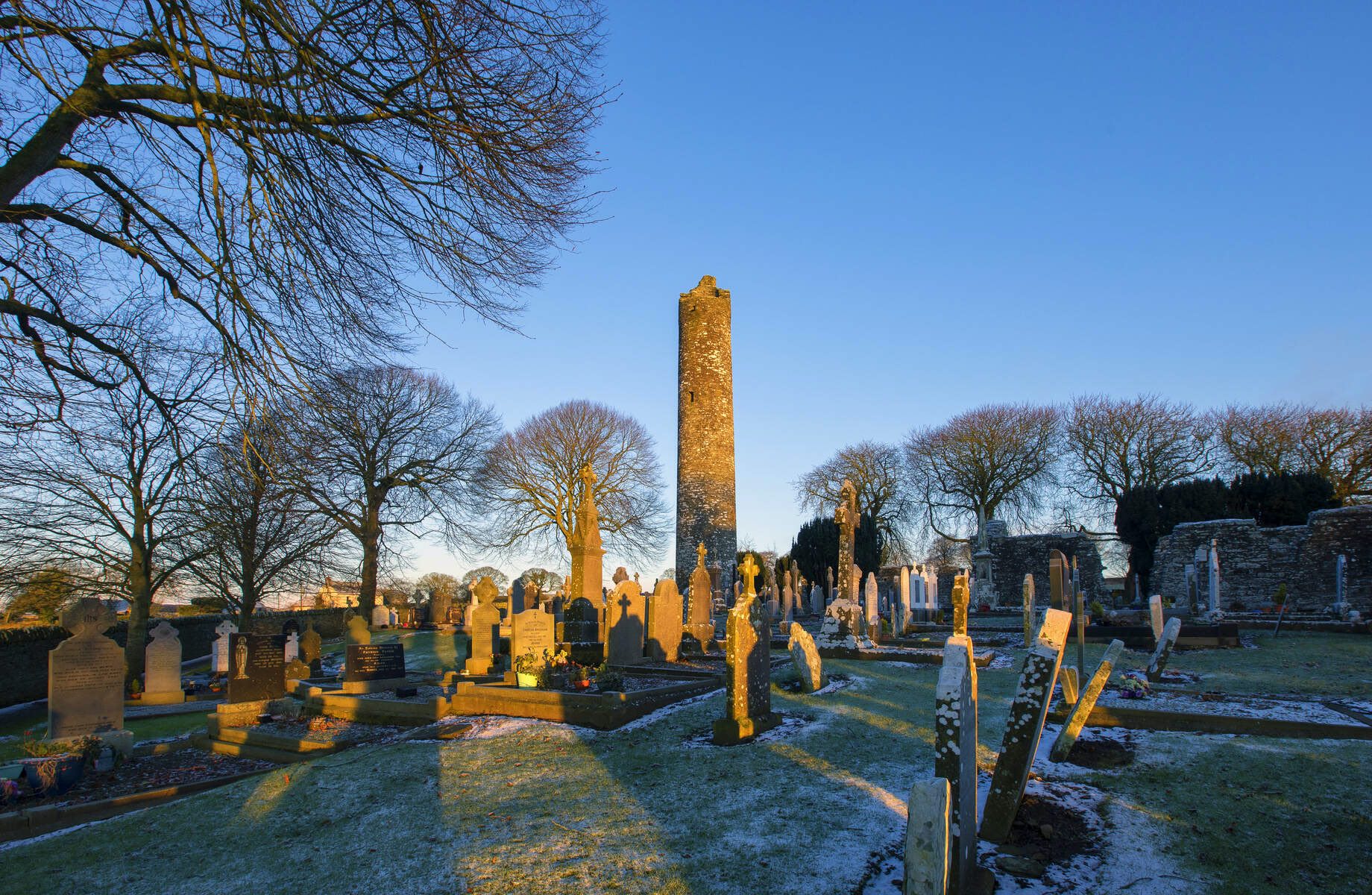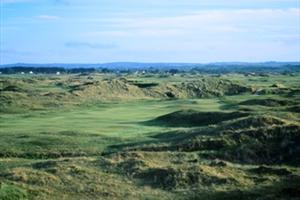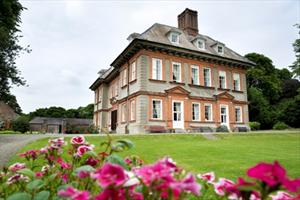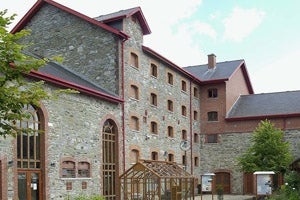Saints, vikings and the High King of Tara have all laid claim to this historic gem in County Louth through the millennia.
Monasterboice was founded by St Buite some 1,500 years ago and has been enthralling visitors ever since. The ruins you can explore today date from the 10th-century and consist of a graveyard, two churches, three Celtic high crosses, a sundial and an imposing 35-metre-high round tower, an impressive sight against a backdrop of slanting stones. The real highlight at Monasterboice, however, is Muiredach’s High Cross. Mesmerising biblical engravings have been etched into this 5.5-metre-high monolith, including Adam and Eve and Cain slaying Abel. This is rightly considered the finest high cross on the island of Ireland, and to examine it up close is something special.
The thriving religious hub of Monasterboice was captured by invading vikings in 968AD, who were then defeated by Donal, the Irish High King of Tara, and his forces. Such battles over the centuries resulted in fires which destroyed many valuable manuscripts stored in the round tower. Monasterboice’s importance wained when the Cistercian monks built nearby Mellifont Abbey in 1142. Yet, walking around the crumbling grave slabs on the historic grounds, it’s easy to get a sense of the monastic settlement back in its heyday – a centre of faith, learning and community. Put simply, it’s one of the top early Christian sites on the island, a hidden gem in Ireland’s Ancient East.
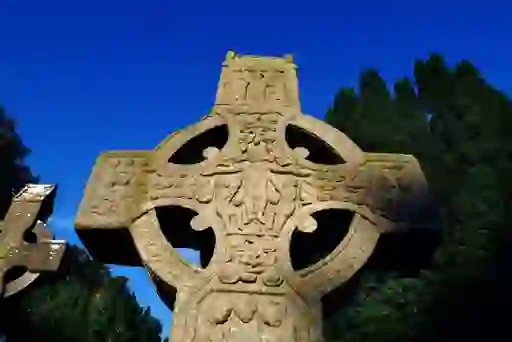
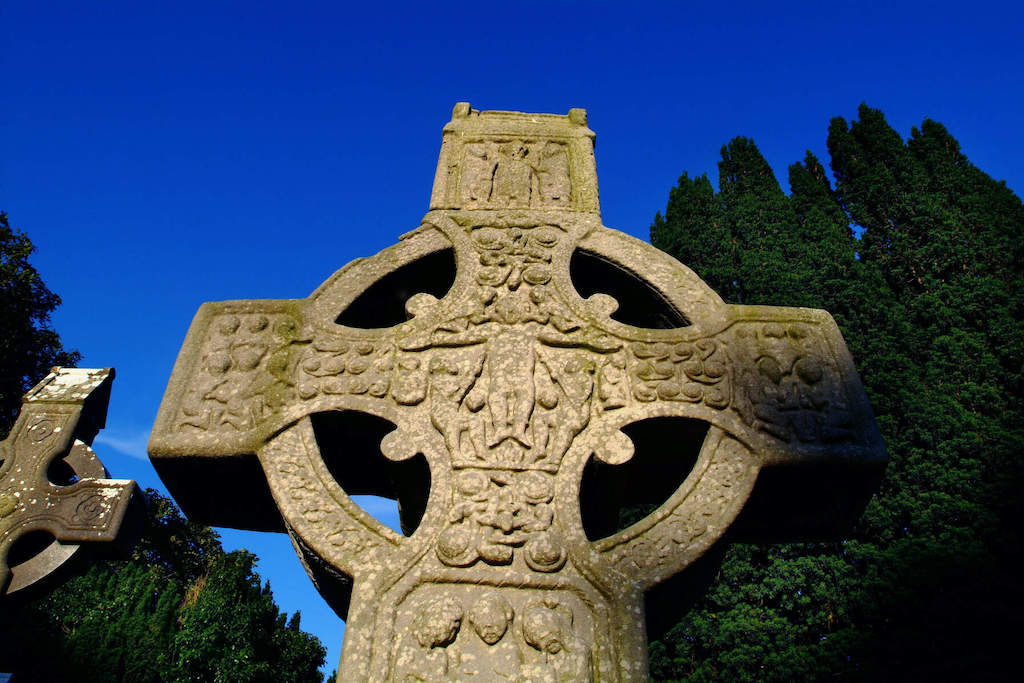
Muiredach’s High Cross, Monasterboice, County Louth
Need to know
Monasterboice is open all year long and it’s free to visit.
Guided tours can be arranged by contacting the Drogheda Tourist office. Phone: +353 41 9872843. Email: droghedatouristoffice@gmail.com.
Facilities include a free car park, toilets and there is wheelchair access to gravel-covered paths around the site.











